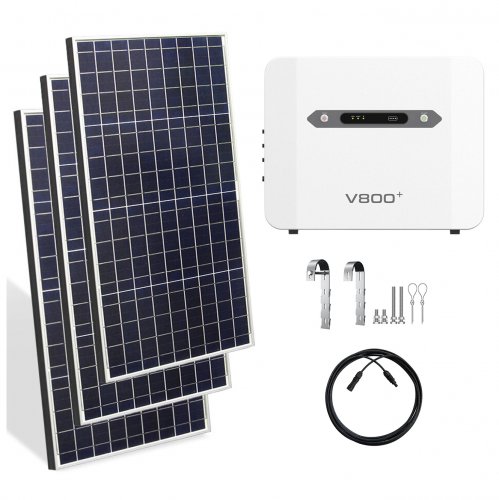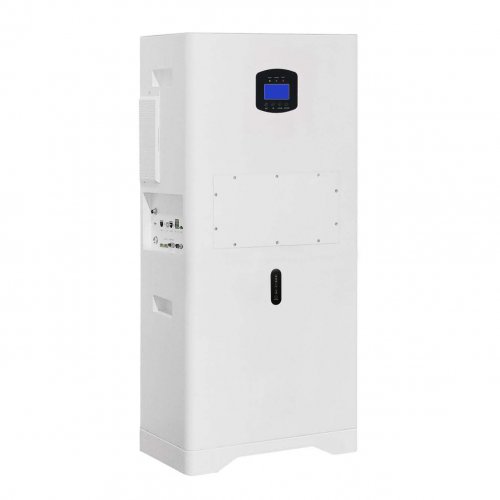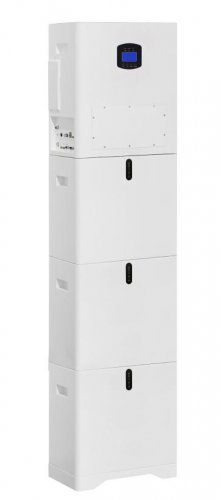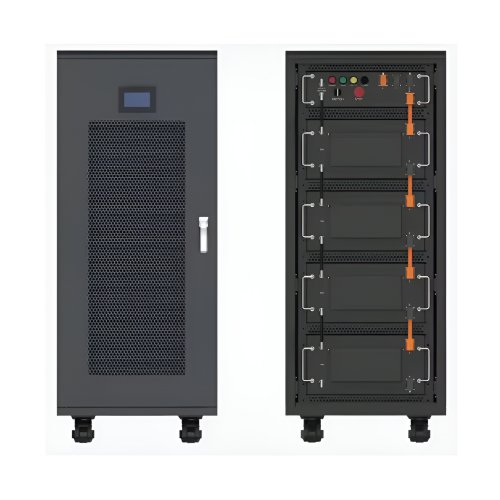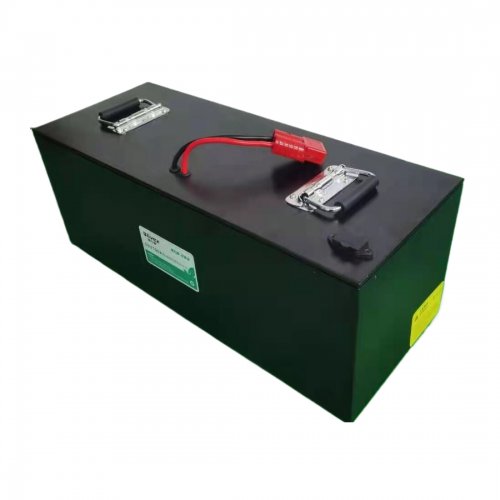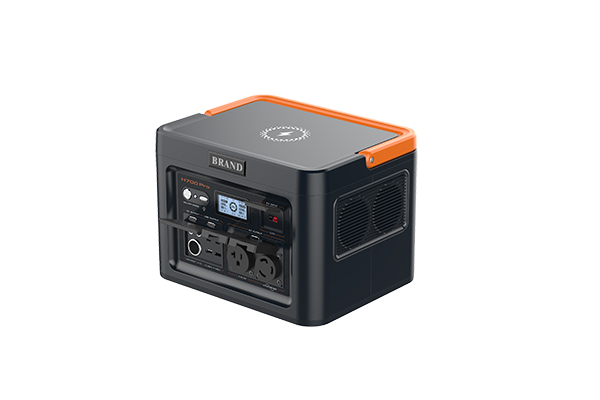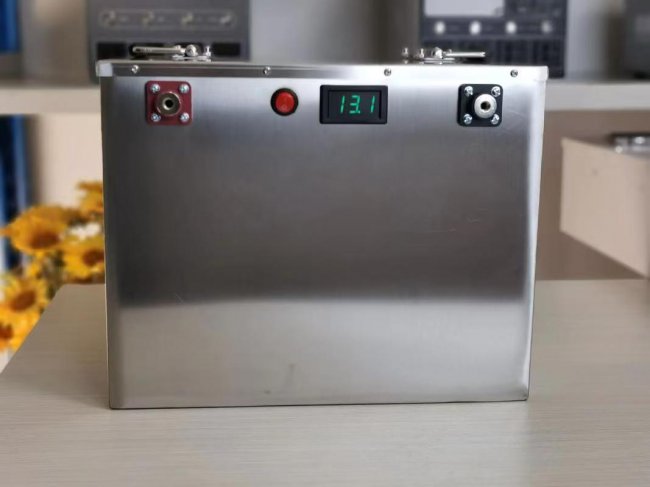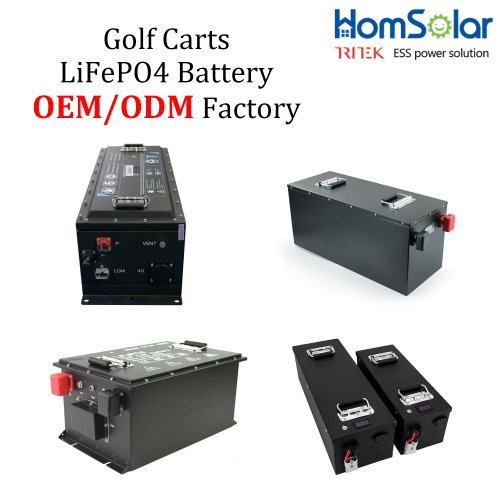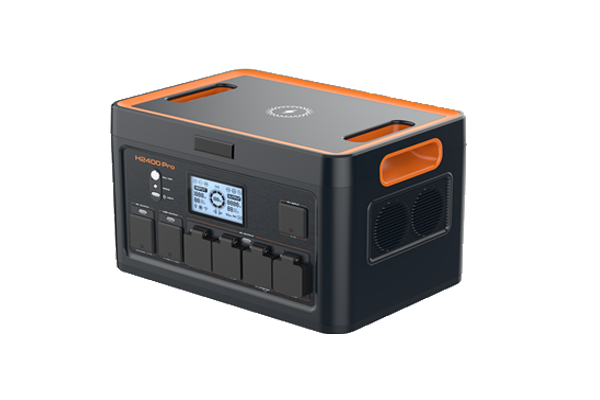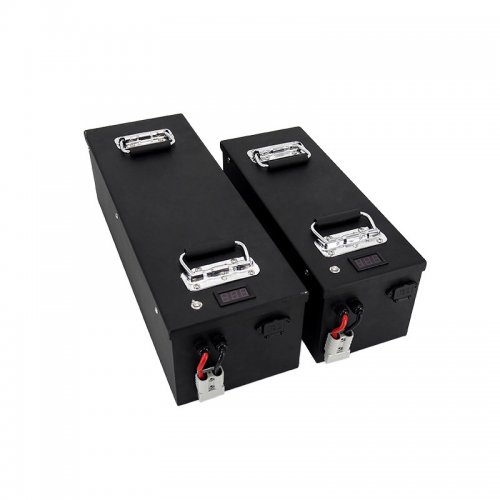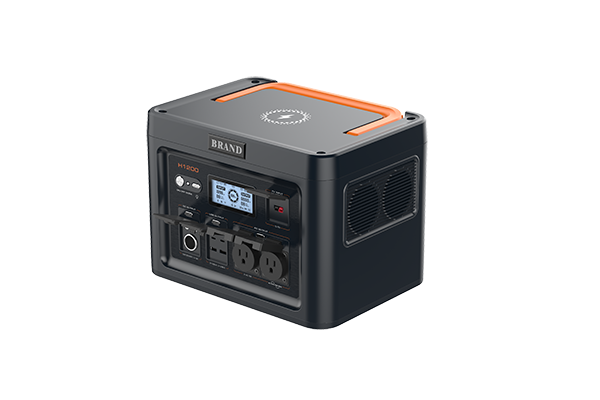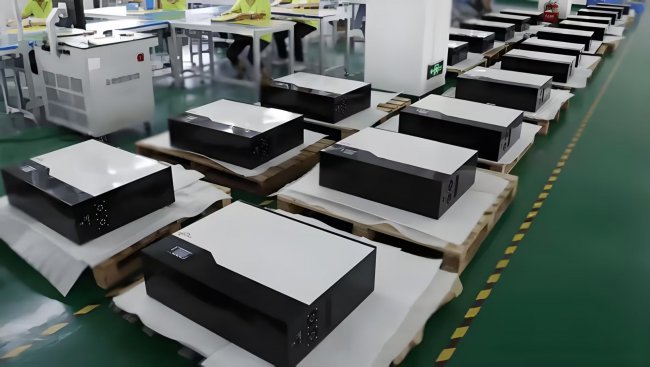Supply Chain News: Navigating The New Era Of Resilience, Technology, And Geopolitical Shifts
The global supply chain, once a largely invisible backbone of commerce, has spent the last several years in the global spotlight. From the unprecedented disruptions of the pandemic to the ongoing pressures of geopolitical tensions and climate change, the industry is undergoing a fundamental transformation. The prevailing focus has decisively shifted from a decades-long pursuit of lean, just-in-time efficiency to a new imperative: building resilient, agile, and transparent networks capable of withstanding future shocks.
Latest Industry Dynamics: From Disruption to Adaptation
Recent months have illustrated that volatility is the new constant. The ongoing conflicts and trade policy shifts have forced a significant re-evaluation of global trade routes. The rerouting of container ships away from critical maritime chokepoints due to security threats, while not crippling the global system, has introduced costly delays and increased freight rates, reminding businesses of the fragility of elongated logistics pathways.
Simultaneously, labor disputes and negotiations at major ports, particularly in North America, have highlighted the human element of the supply chain. Potential work stoppages threaten to create significant bottlenecks, underscoring the need for robust contingency planning and stronger stakeholder relationships.
On a more positive note, key global indicators suggest a return to a new equilibrium. Freight rates, which skyrocketed during the pandemic, have largely normalized. Port congestion has eased significantly, and container availability is no longer a primary concern. However, this "normal" is not a return to 201
9. It is a state characterized by higher operational baselines, where companies are actively holding more inventory and diversifying their supplier base, accepting higher costs as a trade-off for reduced risk.
Trend Analysis: The Pillars of the Modern Supply Chain
Several key trends are defining the strategic direction of the industry, moving beyond reactive measures to proactive structural changes.
1. The Rise of Nearshoring and Friend-Shoring: The vulnerabilities exposed by over-reliance on single geographic regions, particularly Asia, have accelerated a strategic pivot towards regionalization. "Nearshoring" – moving production closer to end markets in North America and Europe – and "friend-shoring" – shifting supply networks to politically aligned countries – are gaining substantial traction. While a complete exodus from manufacturing hubs like China is not occurring, there is a clear diversification into Mexico, Vietnam, India, and Eastern Europe. This trend is driven by a desire to shorten lead times, reduce geopolitical risk, and comply with increasing government incentives for local production, such as the U.S. Inflation Reduction Act.
2. Digital Transformation and the AI Revolution: The adoption of advanced technologies is no longer optional. Artificial Intelligence (AI) and Machine Learning (ML) are being deployed for predictive analytics, forecasting demand fluctuations with greater accuracy and anticipating potential disruptions. The concept of the "Digital Twin" – a virtual replica of the physical supply chain – is gaining prominence, allowing companies to simulate scenarios, optimize routes, and test the impact of disruptions in a risk-free environment. Furthermore, Internet of Things (IoT) sensors provide real-time visibility into the location, condition, and integrity of goods in transit, enabling proactive management of perishables and high-value items.
3. Sustainability as a Core Operational Driver: Sustainability has evolved from a corporate social responsibility initiative to a central tenet of supply chain strategy. Regulatory pressures, investor demands, and consumer preferences are pushing companies to decarbonize their logistics. This involves optimizing transportation networks to reduce fuel consumption, transitioning to electric vehicle fleets for last-mile delivery, and demanding greater environmental accountability from suppliers. The circular economy model, which focuses on recycling, reusing, and remanufacturing, is also being integrated into supply chain design to minimize waste and create new value streams.
4. The Talent Gap and Workforce Evolution: As supply chains become more technologically advanced, the skill sets required to manage them are changing. There is a growing need for data scientists, AI specialists, and professionals who can bridge the gap between operational logistics and digital technology. Companies are investing heavily in upskilling their existing workforce and revamping recruitment strategies to attract new talent to the field.
Expert Perspectives: A View from the Front Lines
Industry leaders and analysts emphasize that the transformation is both a challenge and an opportunity.
"Resilience is the new currency of competition," says Dr. Evelyn Reed, a supply chain professor at a leading business school. "The companies that invested in visibility and diversification pre-pandemic were the ones that navigated the crises most effectively. Today, the focus is on building a portfolio of resilience—this includes multi-sourcing, strategic buffer stock, and redundant logistics capacity. The goal is not to be immune to shocks, but to have the agility to respond and recover quickly."
On the technology front, Mark Chen, a partner at a logistics technology venture firm, highlights the role of AI. "We are moving from descriptive analytics, which tells you what happened, to prescriptive analytics, which tells you what to do. AI can process vast amounts of data—from weather patterns to political newsfeeds—to recommend the optimal shipping route, inventory level, or supplier choice. This is a game-changer for proactive risk management."
However, experts also caution against the challenges. "Nearshoring is a long-term, capital-intensive strategy, not a quick fix," notes Maria Silva, a consultant specializing in global trade. "It comes with its own set of challenges, including higher production costs, infrastructure limitations in new regions, and the immense complexity of unwinding established supplier relationships. The transition will be gradual and selective."
Furthermore, the push for sustainability is seen as both a necessity and a strategic advantage. "Green supply chains are increasingly efficient supply chains," states David Miller, a sustainability officer for a global retailer. "Reducing emissions often goes hand-in-hand with reducing waste and cost. The companies that can transparently track and report their carbon footprint will not only meet regulatory requirements but also win the trust of a growing eco-conscious consumer base."
Conclusion
The global supply chain is in a state of accelerated evolution. The pursuit of hyper-efficiency has been tempered by the hard-won understanding that resilience and flexibility are paramount for long-term survival and growth. The future supply chain will be more regionalized, deeply interconnected with technology, and fundamentally redesigned with sustainability in mind. While challenges related to cost, talent, and geopolitical uncertainty persist, the industry's ongoing metamorphosis points towards a more robust, intelligent, and responsive global network, better equipped to serve the demands of a volatile world.
Customized/OEM/ODM Service
HomSolar Supports Lifepo4 battery pack customization/OEM/ODM service, welcome to contact us and tell us your needs.


HomSolar: Your One-stop LiFePO4 Battery Pack & ESS Solution Manufacturer
Our line of LiFePO4 (LFP) batteries offer a solution to demanding applications that require a lighter weight, longer life, and higher capacity battery. Features include advanced battery management systems (BMS), Bluetooth® communication and active intelligent monitoring.

Customised Lithium Iron Phosphate Battery Casing
ABS plastic housing, aluminium housing, stainless steel housing and iron housing are available, and can also be designed and customised according to your needs.

HomSolar Smart BMS
Intelligent Battery Management System for HomSolar Energy Storage System. Bluetooth, temperature sensor, LCD display, CAN interface, UART interface also available.


Terminals & Plugs Can Be Customized
A wide range of terminals and plugs can be customised to suit the application needs of your battery products.

Well-designed Solutions for Energy Storage Systems
We will design the perfect energy storage system solution according to your needs, so that you can easily solve the specific industry applications of battery products.



About Our Battery Cells
Our energy storage system products use brand new grade A LiFePO4 cells with a battery lifespan of more than 4,000 charge/discharge cycles.



Applications in Different Industries
We supply customized & OEM battery pack, assemble cells with wiring, fuse and plastic cover, all the cell wires connected to PCB plug or built BMS.
Applications: E-bike, Electric Scooter, Golf Carts, RV, Electric Wheelchair, Electric Tools, Robot Cleaner, Robot Sweeper, Solar Energy Storage System, Emergency Light, Solar Power Light, Medical Equipment, UPS Backup Power Supply.
We can provide you with customized services. We have the ability to provide a vertical supply chain, from single cells to pack/module and to a complete power solution with BMS, etc.


HomSolar (Shenzhen) Technology Co., Ltd







